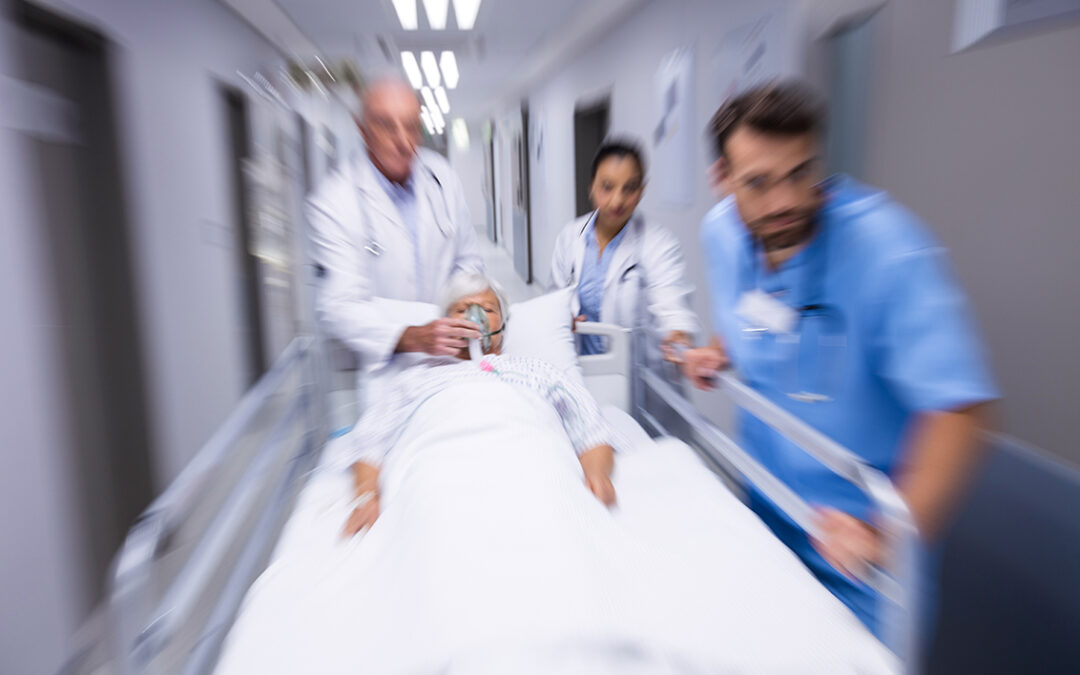There is no question that the subject of Sleep and its effects on our health and daily life, is gaining more and more attention, and rightly so. OSA is the most common form of Sleep Disordered Breathing, which in turn accounts for the majority of Sleep Related Disorders. Undiagnosed Sleep Apnea (SA) patients use $200,000 more in healthcare resources in the two-year period prior to diagnosis, and a 226% increase in health care use in the year before evaluation and treatment. The total economic cost of “Sleepiness” is approximately $43 – 56 billion. These figures will only grow as the at-risk population increases in number.
The detection of Obstructive Sleep Apnea requires only the measurement of 4 channels of data – respiratory effort, respiratory air flow, pulse and blood oxygen saturation, for diagnosis. Traditionally, before the approval of Portable Home Sleep Monitoring devices, the identification of OSA was left to specialist physicians using PolySomnoGraphy (PSG), an overnight Sleep Technician monitored study in a specialized sleep laboratory facility to make a diagnosis. Here, the patient undergoes a study measuring over 21 channels of information requiring extensive monitoring and equipment. This is a costly undertaking and more importantly a barrier for patients, who do not take the test due to having to sleep away from their natural environment.
Home Sleep Testing, using approved Portable Monitoring devices, has reduced the major barriers to identifying OSA. A simple device, measuring the 4 channels above and snoring events that might prevent getting restful sleep, that can be used and applied simply by most patients in the comfort of their own home, allows both the practitioner and patient to effectively identify this condition, for a fraction of the cost and far less inconvenience than traditional PSG lab tests.
Sources:
http://www.sleepreviewmag.com/2013/02/home-sleep-testing-versus-in-lab-polysomnography/
http://www.atsjournals.org/doi/abs/10.1164/ajrccm-conference.2012.185.1_MeetingAbstracts.A6437
http://www.atsjournals.org/doi/abs/10.1164/ajrccm-conference.2014.189.1_MeetingAbstracts.A3591

